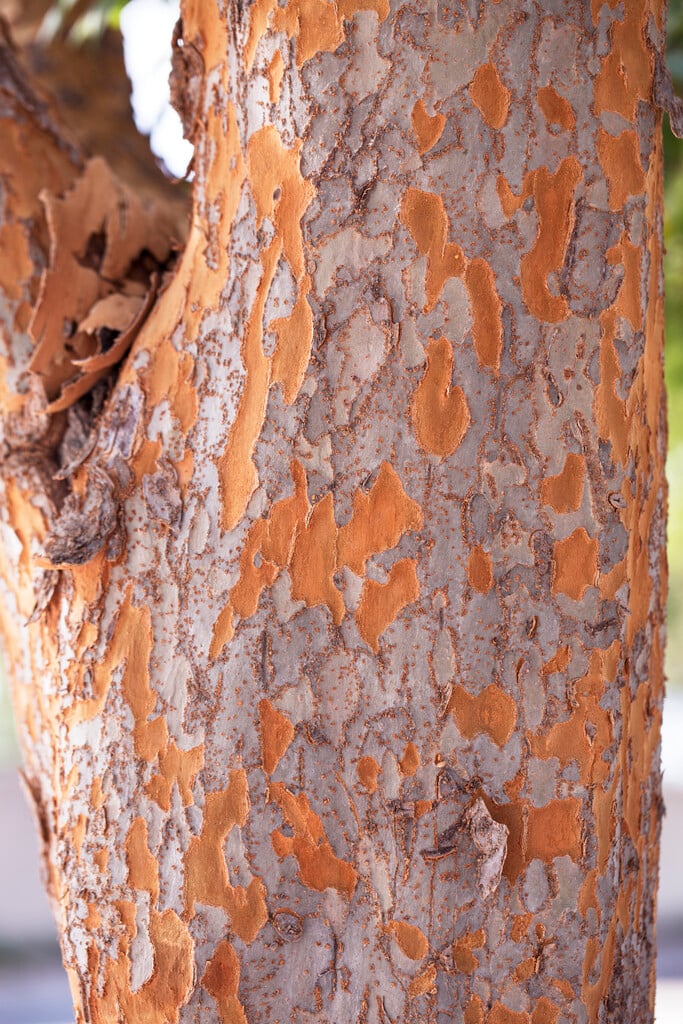Ulmus parvifolia
Chinese elm
Spreading, deciduous or semi-evergreen tree about 18m tall, with small, leathery, glossy rich green leaves to 8cm long, that turn yellow or red in autumn, then remain on the branches until midwinter. Tiny red flowers from late summer to autumn are followed by winged green fruit 8mm across in late autumn

Buy this plant
Size
Ultimate height
Higher than 12 metresTime to ultimate height
20–50 yearsUltimate spread
Wider than 8 metresGrowing conditions
Moisture
Well–drainedpH
Acid, Alkaline, NeutralColour & scent
| Stem | Flower | Foliage | Fruit | |
| Spring | Green | |||
|---|---|---|---|---|
| Summer | Green | |||
| Autumn | Green Yellow Red | |||
| Winter | Yellow Red |
Position
- Full sun
- Partial shade
Aspect
East–facing or South–facing or West–facing
Exposure
Exposed or Sheltered Hardiness
H7Botanical details
- Family
- Ulmaceae
- Native to GB / Ireland
- No
- Foliage
- Deciduous or Semi evergreen
- Habit
- Spreading branched
- Genus
Ulmus are deciduous trees, often large, with elliptic or ovate leaves often colouring well in autumn; inconspicuous flowers are followed by winged fruits
- Name status
Correct
- Plant range
- Far East
How to grow
Cultivation
Grow in any well drained soil in full sun or partial shade
Propagation
Propagate by softwood cuttings in summer. Chip budding and grafting may also be used. Propagate by seed, see trees and shrubs from seed
Suggested planting locations and garden types
- Architectural
- Cottage and informal garden
Pruning
Pests
May be susceptible to aphids, bark beetles, horse chestnut scale and elm gall mites
Diseases
May be susceptible to coral spot, honey fungus and phytophthora. Shows strong resistance to Dutch elm disease
Get involved
The Royal Horticultural Society is the UK’s leading gardening charity. We aim to enrich everyone’s life through plants, and make the UK a greener and more beautiful place.